A funny thing happened to me 40 years after high school, during a trip through South Dakota. Sometime during the hours we rolled along I-90, I came to newly appreciate Rølvaag’s classic saga of the immigrant experience, Giants in the Earth.
This post contains affiliate links and/or references to our advertisers. We may receive compensation when you click on or make a purchase using these links.
When I was in high school, I could have written Mike’s review of O.E. Rølvaag’s [easyazon_link identifier=”0060931930″ locale=”US” tag=”passi0c2-20″]Giants in the Earth[/easyazon_link] word for word: “I hated this book. It felt like counting sand. Or corn. Or whatever they were growing…Seriously, this book moves so slow, you could literally skip entire chapters (maybe even 2 or three), and NOTHING WOULD HAVE HAPPENED.” Mike recommends the book for students and masochists interchangeably, and for years I would have heartily agreed. “…did Rolvaag have to make it so dry? To put this in perspective, I’ve read “Paradise Lost
” just for fun. And believe me, that is not something to be taken lightly. And that was easier to get through than this.”
There were giants in the earth in those days; and also after that, when the sons of God came in to the daughters of men, and they bore children to them: the same became mighty men, who were of old, men of renown. – Genesis 6:4
But, a funny thing happened to me 40 years later, during our current trip through South Dakota. Sometime during the hours we rolled along I-90, and in the subsequent stops we made in the region, I came to newly appreciate Rølvaag’s classic saga of the immigrant experience on the high plains of the Midwest.
Writing in his native Norwegian, Rølvaag wove within the story his own memories and those of his family members, who battled the elements and their personal demons to set roots in harsh and unforgiving circumstances. The protagonists, Per Hansa and his wife Beret, embody oppositional reactions to the circumstances. In one we see the optimist who envisions a rewarding future out of difficulty and sacrifice, and in the other, a yearning to return to things as they were in order to combat her fear of the unknown.
The first experience of the plains, like the first sail with a “cap” full of wind, is apt to be sickening. This once overcome, the nerves stiffen, the senses expand, and man begins to realize the magnificence of being. – Richard Irving Dodge, The Plains of the Great West (1877)
To expect a teenager to appreciate the allegorical depth in Rølvaag’s story-telling is a big stretch. There is little modern affinity to the overall vast nothingness that confronted settlers who looked west from the Mississippi. A virtual sea of grassland which swallowed up any vestigial remnant of human presence, the prairie held unlimited promise or terror, depending. In our world, where one is generally always connected and stimulated by those methods of connection, the distance and isolation encountered by the giants who came before us is hard to imagine.
Getting a sense of that rugged scale traveling westward, I found myself recalling Beret, dwarfed as I became by big horizons and even bigger sky. It is easy to feel so very small here. The photo at right is of a storm’s cloud formation that, using our weather GPS, we determined stretched a couple hundred miles from its western to eastern point. Taking in these distances with no human point of reference is almost to hallucinate. Framed by his confident self-sufficiency, Rølvaag’s Per Hansa sees the benefits of potential in these vistas – he can literally make his mark on the land; his wife’s reaction is to be overcome by melancholy to the point of desperation.
The sea, the woods, the mountains, all suffer in comparison with the prairie…The prairie has a stronger hold upon the senses. Its sublimity arises from its unbounded extent, its barren monotony and desolation, its still, unmoved, calm, stern, almost self-confident grandeur, its strange power of deception, its want of echo, and, in fine, its power of throwing a man back upon himself. – Albert Pike (1831-32, Journeys in the Prairie)
Visiting a restored sod house, we get an even better sense of what Beret’s days must have been like: dug into the earth and surrounded by it on three sides, constant combat with the dirt – sweeping it when it loosened from the sod bricks that made the walls, packing it down into a hard and unforgiving floor, peering through it to the oceans of grass or vast snowdrifts beyond.
At age 55, Edgar Brown cut the sod bricks that framed this homestead at the edge of the Badlands in 1909, thirty years after the time described in Giants in the Earth. At roughly the same age as he, Pete and I can’t even imagine starting over in this desperate fashion. Standing in the mean little rooms partitioned with boards and bulging dirt bricks, my heart aches now for Beret; I had no empathy for her character 40 years ago, believing her to be a miserable crybaby based upon the Little House on the Prairie-like life I imagined her to have. Instead, reality was harsh and stark, and I am sorry for her and grateful to the thousands like her who were broken by or triumphed over this land.
…the silence out there was greatly favored by every kind of fugitive as was the open country itself… – Cormac McCarthy, Blood Meridian, or, The Evening Redness in the West (1985)
Had Beret gone further westward, her descent into madness may have been accelerated. The Badlands, barricading migration over 381 square miles, must have seemed like earth’s end to those intent on settling past the tall grass of the prairies. Indeed, the name is taken from the Sioux – mako sica (land bad) – who found the area difficult to travel due to the formations and lack of water. French trappers assigned les mauvaises terres a traverser (the bad lands to cross). The desolation is amplified by the temperature extremes and the weather’s violence in both summer and winter, creating a forbidding absence of the familiar.
First rising up out of the grass in deceptive butte-like structures, the treacherous passageways seem designed to impede: “Turn back or face your peril.” In the midst of the Badlands, it isn’t difficult to imagine the giants of Genesis constructing these palaces and spires, now mute and forsaken in seemingly long-lost cities whose skylines cut into the big sky in complicated formations. Each metropolis is more fantastical than the last, and the magnificence of scale is sobered by the abrupt crevasses dropping to hundreds of feet below. The mazes of abutments serve to confuse a wayward traveler into endless circling.
The rich fossil beds yield evidence of other Giants: saber-toothed cats, brontotheres, camels, and a particularly gruesome prehistoric mammal known in common parlance as the “Hell Pig” (entelodont). Sedimental layers tell the story of millions of years: the Pierre shale at the bottom yielding squid-like fossils, as well as clams, snails and crabs from when the Great Plains were a vast, shallow sea. Additional layers chronicle the land’s transformation from sub-tropical forest to savannah, then to grassland with an exciting array of fossilized remains supporting its evolution.
“The Bad Lands grade all the way from those that are almost rolling in character to those that are so fantastically broken in form and so bizarre in color as to seem hardly properly to belong to this earth.” – Theodore Roosevelt
Nowadays one might be given to think the unearthly Badlands may have guarded some of our most beautiful country to their west – the Black Hills – from European encroachment in the 19th century. Beret, longing for the lovely mountains of her native Norway, would have felt more at home here. The Lakota revered these beautiful pine-covered crags as a place of renewal:
“If a man was starving, he was poor in sprit and in body, he went into the Black Hills. The next spring he would come out, his life and body would be renewed. So, to our grandfathers, the Black Hills was the center of life, and those areas all around it were considered sacred, and were kept in the light of reverence. – Johnson Holy Rock, Lakota Elder
The 19th century Giants who boldly passed through these hills made their mark in places like Spearfish Canyon, whose creek by the same name is so clear and teeming with trout you can catch them by sight instead of with hope and a lure. Spearfish Creek moves so fast it is one of only two in North America that freezes from the bottom up. In settlements that sprang up in Spearfish Canyon about the same time as Rølvaag’s Per Hansa was cutting sod to the East, the scions of Center City, Lead and Deadwood were panning for gold with similar determination. Their settlements grew as swiftly as the creek tumbled through the canyon.
The man who ventured the remark that a fool and his money are soon parted must have had in his mind’s eye such a place as [Deadwood]. . . The tenderfoot is here brought face to face with . . . the slick confidence man, the claim jumper, the land shark and the desperado. – The New York Times, August 13, 1877
Famous denizens such as James Butler (“Wild Bill”) Hickock, John “Potato Creek Johnny” Perrett – who found one of the largest gold nuggets ever panned in the Black Hills, Martha “Calamity” Jane Burke, the Rev. Henry Weston Smith, John Gray, and George V. Ayres all came to seek their fortune amidst the claim-staking and general lawlessness. Their treasure long since won or lost, these Giants now rest in the peaceful pines above Deadwood at Mt. Moriah Cemetery.
Somewhere west of the city of Spearfish, as we headed toward Sundance, my inland sea legs skewed again. From the crest of a rolling butte, I felt gigantic, as if I could stretch my arms up and pluck from the lowest layer of fluffy clouds, submerged below the higher cirrus and the great blue beyond.
Many years have passed since my teacher tried to impart the classical wisdom contained in what I perceived as tedious, repetitive minutiae in Rølvaag’s prose. But now, I understood what eluded my teenage experience. Like Mike above, I got bogged down in the act of reading and missed the bigger message. This is it: there are two kinds of people in the world.
There are the Giants in the Earth: those who tread with munificence, and optimism that enables confidence in themselves, which results in accomplishments and progress. And there are those who remain small, their minds ruled by fear and limitation, who, if they keep to the safety of a past that is already gone, will be forever bereft.
Perhaps if Beret and so many of the others like her who came before had been bolder of spirit, they wouldn’t have been overpowered by this big land and its fearsome proportions. A Giant in the Earth cuts the environment down to size, conquering hesitation, and moving purposefully through life, seeing the possibilities.
Forty years later, I know what I aspire to be. How about you?
Note: Some of the quotations in this article come from a wonderful little page: Prairie Quotes
Pinnable Image:
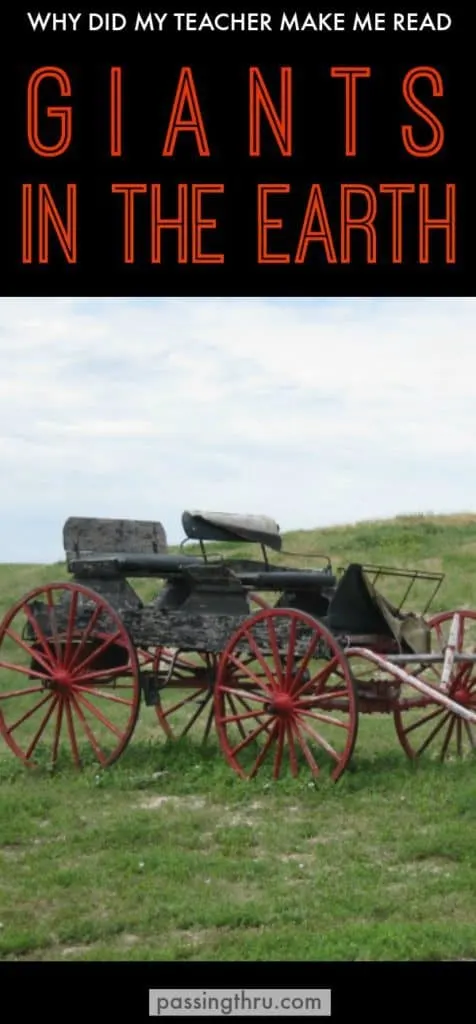
Tips for Trip Success
Book Your Flight
Find an inexpensive flight by using Kayak, a favorite of ours because it regularly returns less expensive flight options from a variety of airlines.
Book Your Hotel or Special Accommodation
We are big fans of Booking.com. We like their review system and photos. If we want to see more reviews and additional booking options, we go to Expedia.
You Need Travel Insurance!
Good travel insurance means having total peace of mind. Travel insurance protects you when your medical insurance often will not and better than what you get from your credit card. It will provide comprehensive coverage should you need medical treatment or return to the United States, compensation for trip interruption, baggage loss, and other situations.Find the Perfect Insurance Plan for Your Trip
PassingThru is a participant in the Amazon Services LLC Associates Program. As an Amazon Associate I earn from qualifying purchases.
To view PassingThru’s privacy policy, click here.


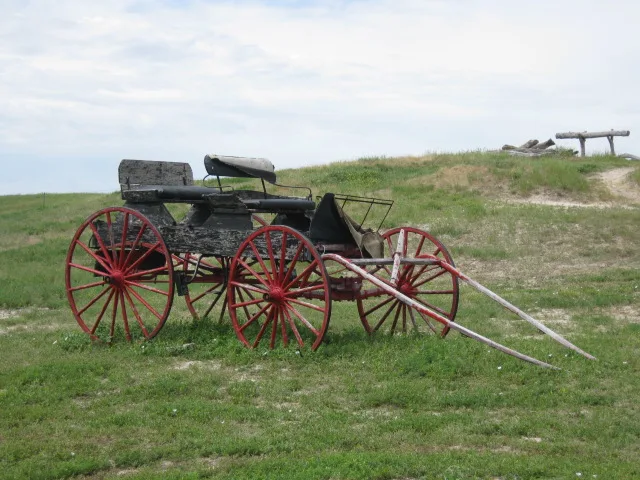
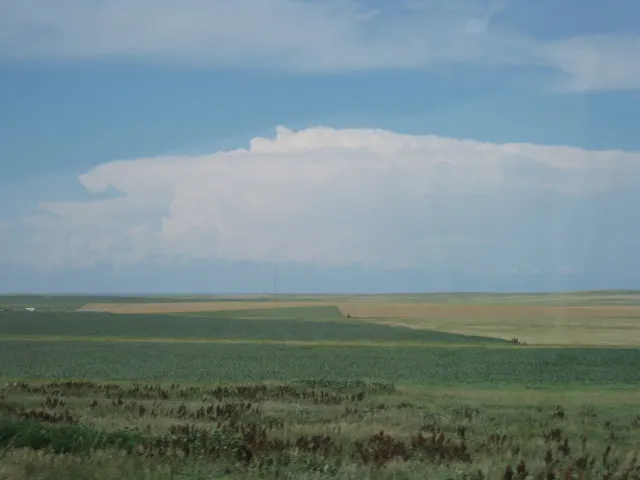
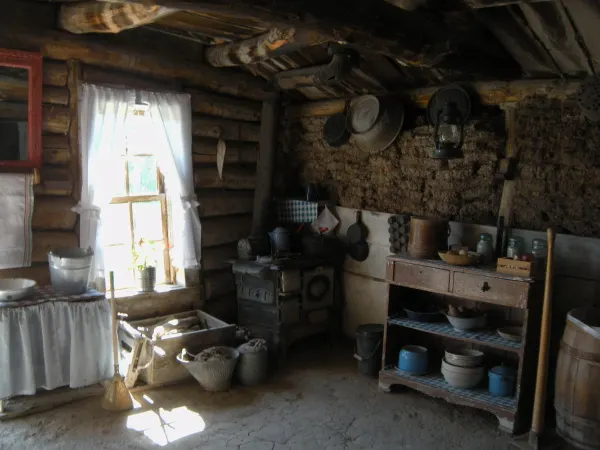

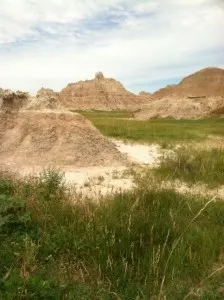
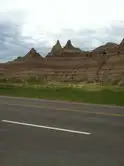
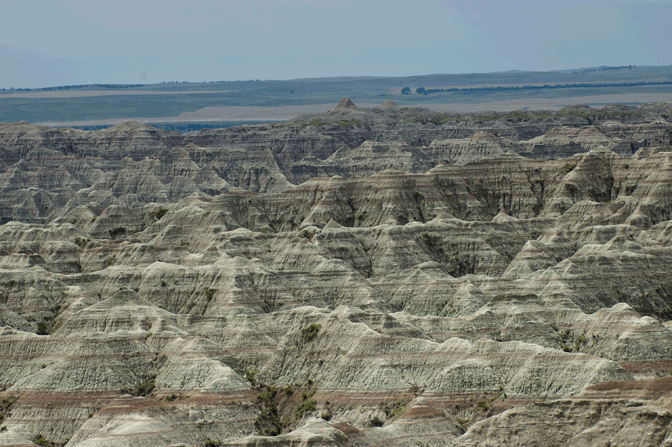
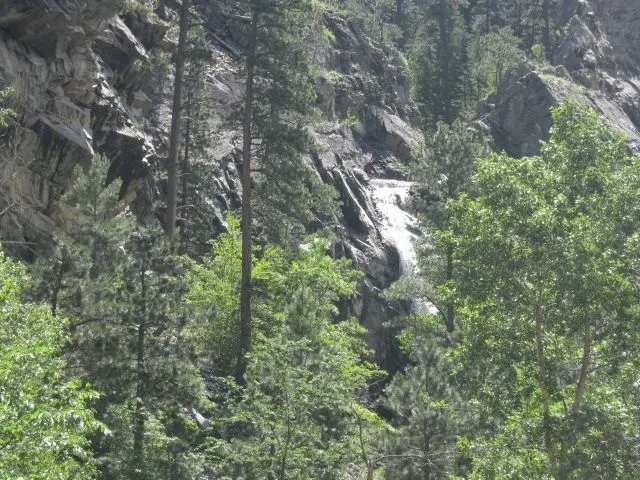
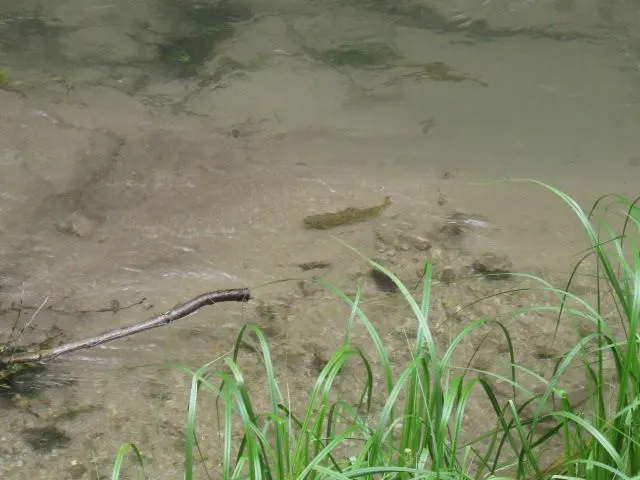
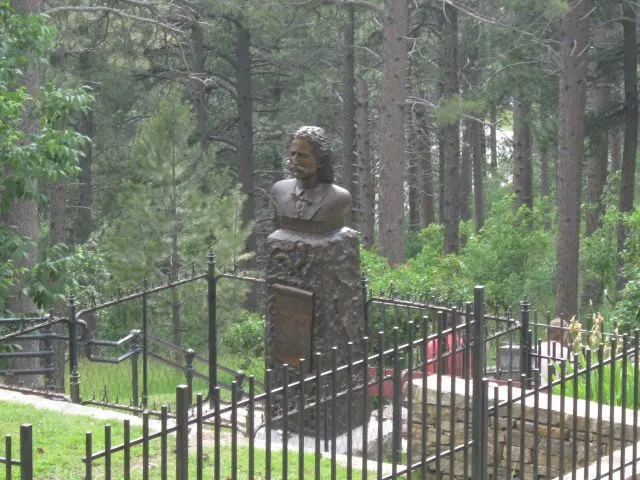
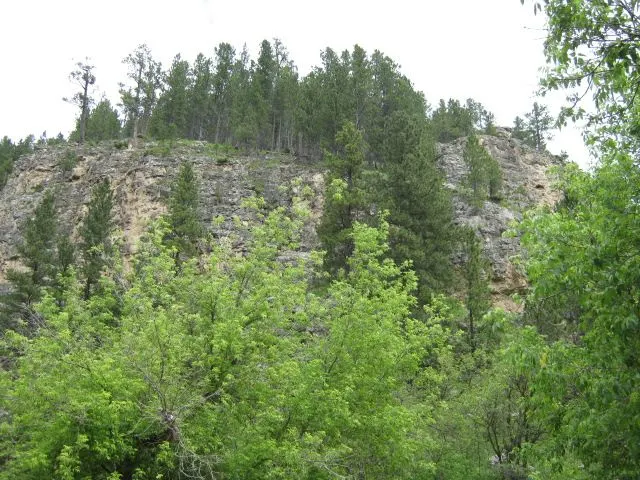
Legalectric » Blog Archive » Omkring Faedrearven, by O.E. Rolvaag
Monday 14th of March 2016
[…] Why Did My Teacher Make Me Read Giants In The Earth? […]
Jeff Gullikson
Wednesday 27th of January 2016
I loved this book. I love reading of the history of the region I was born and raised in. I live in a little town called Wakonda just 40 miles sw of Sioux Falls. Can any one say for sure just where Per and Berets' settlement was?
Betsy Wuebker
Thursday 28th of January 2016
Hi Jeff - I don't think so. It's been so long since I've read the book, I can't recall if there were any real specific details. We love South Dakota, but we can understand how poor Beret longed for a change of scenery, too. She would have had it not far west. Thanks for your comment. It's nice to know this post is still getting views. :)
Helen Quinn
Monday 23rd of February 2015
Hmmmm...."ruled by fear and limitations"? Per Hansa and the other men went to town. Visiting and joking with others. Contact with humanity outside of the sod hut. The women remained in the depth of the earth taking care of children and, yes, constantly sweeping and sweeping the dirt that would never end. I see irony in the fact that Per Hansa was the one who ultimately became overcome by the elements......the earth. Just like "Oh, Pioneers." Willa Cather shows us a pioneer woman who struggled to keep a fruit tree alive. Bucket after bucket of water, so she could bring life and something sweet for the comfort in the depths of winter. She attempted to feel human and not overpowered by loneliness and isolation. The woman's daughter is able to see "the big chance" when she is grown. Likely, I believe, because of the sweet taste of life her mother fought to give her. My heart breaks for Beret.
Betsy Wuebker
Tuesday 24th of February 2015
Hi Helen - Yes, it is a tough, tragic and quite depressing story.
mark fugelso
Wednesday 14th of August 2013
I read Giants in the earth in 1957 on summer vacation at a lake near Spooner, WI I was informed that my Grandfather Peter Fugelso experienced many of the privations described in the book so i Read it. Rovaag happened to be an acquainted with P. Fugelso The word for word translation of the Norwiegien title is 'In Those Days' not very dramatic
Betsy Wuebker
Thursday 15th of August 2013
Hi Mark - Welcome to PassingThru! Spooner is close to our old stompin' grounds in the Twin Cities. What a fun connection - you have "Giants" in your family! Thanks for your comment.
betsywuebker (@betsywuebker)
Saturday 8th of June 2013
One of our daughters is planning a road trip to the near west of Minnesota. I was looking through our archives and... http://t.co/g90Yf41fOC